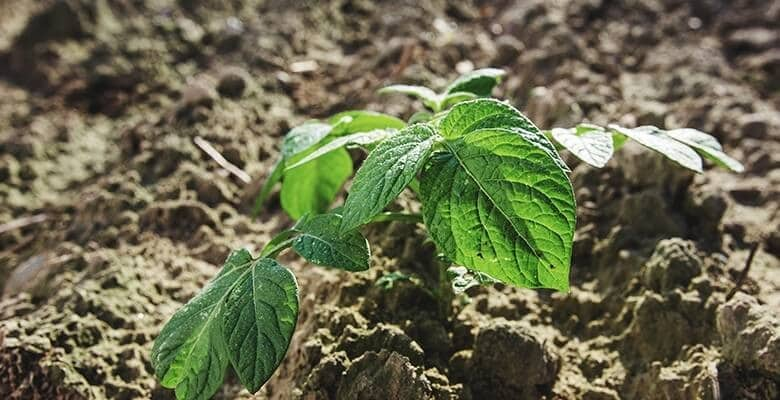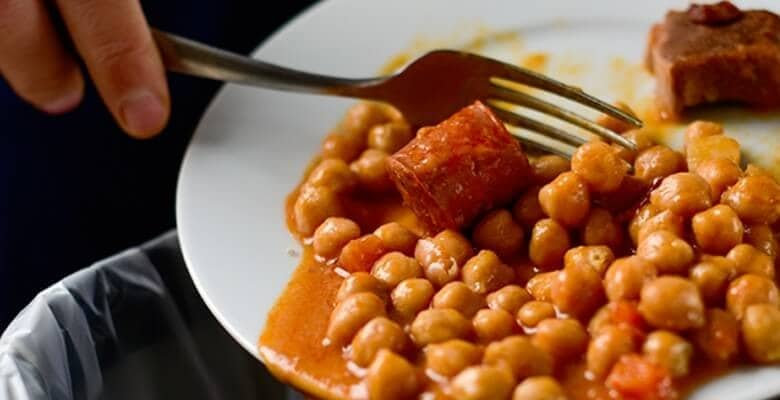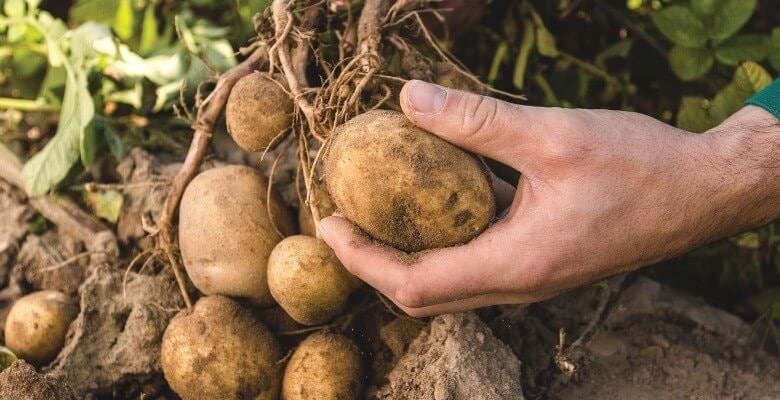Making kitchen waste compost is an offshoot of decades-long waste management issues. Ever since the beginning of the green revolution in the 1960s, many individuals have been studying ways to help the environment. With gardening being part of the many ways to protect the environment, various methods of composting food waste have been introduced to make it more accessible and sustainable for those who want to participate.
However, one of the main things stopping people from doing these kinds of activities is the lack of access to resources and information. Indeed, composting can sometimes be intimidating, especially without any background knowledge in farming or whatnot. With this, the idea of kitchen waste composting was introduced so that people can utilize ways to achieve zero waste and obtain an environmental lifestyle.
Read further to learn about food waste solutions, its common misconceptions and benefits, and the steps to make kitchen waste compost.

What is Kitchen Waste Composting?
Kitchen waste composting is the act of using your kitchen waste and food scraps, which are organic materials (greens and browns), to create compost beneficial for enriching soil and growing plants and crops. Surprisingly, most people are unaware that food scraps are good sources of vitamins and minerals. These give the soil nutrients to become healthier, trickling down the minerals to the crops planted into it.
Composting kitchen waste is a highly sustainable method. In addition, when it comes to making kitchen waste compost, expert knowledge is not required. Anyone can start making a compost pit. This is because composting is not a specialized skill exclusive to those with prior farming or agricultural experience.
For starters, make sure you know the right kind of kitchen waste usable for composts. Biodegradable food scraps and leftovers are some you can include. But there are also types of kitchen leftovers not allowed to be composted.

What are the Common Misconceptions About Kitchen Waste Composting?
If there's one misconception that needs to be debunked, it would be the idea that food scrap leftovers are the only ingredient you need to create kitchen waste compost.
These food scraps, also known as green composting materials, are high in a mineral called nitrogen. But to come up with compost, nitrogen-induced items must be mixed with content high in carbon, also known as brown materials. Combined green and brown materials provide the right amount of nutrients for compost.
Another misconception is that creating compost is just mixing everything together. This is untrue because a proper process needs to be followed. You don't simply dump a banana peel into a pile of earth and expect it to be healthy for your soil just like that.
How to Make Kitchen Waste Compost Easily
Here is an easy step-by-step guide business owners can follow to get started:
- Choose nitrogen-rich (green) and carbon-rich (brown) materials. Examples of green items include banana or other fruit peels and leftover vegetables. Brown items include sawdust, wood chips, dried leaves, shredded paper, cardboard, or hay particles.
- Cut green materials into smaller pieces using scissors or a shredder. The composting process becomes faster if the particles are broken down into smaller bits, making it easier for the soil to break down and absorb nutrients.
- Create a compost pit by digging a hole about 14 inches deep. Bury your green and brown items together in this pit. It is recommended to put in the nitrogen-rich materials first before the carbon-rich ones since it helps speed the process.
- If you have the resources, add earthworms into the pit to hasten the process. After burying, expect that bacteria will slowly decompose the components together.
- Wait for three weeks to three months. Once all components have decomposed, you have two options:
- Dig up the soil and use it as a fertilizer.
- Grow a crop directly on top of the compost pile.
What Types of Kitchen Waste can be Composted?
Even though it's easy to find items for kitchen waste compost, mistaking some food scraps for usable compost items can be tricky. Yes, greens are a must, but not all kitchen items are appropriate for kitchen waste composting.

For your reference, here are some of the following items you can add to your kitchen waste compost:
- Dried leaves
- Herbs and spices
- Fruit peelings (e.g., banana, apples, oranges, etc.)
- Grass and brush trimmings
- Bread, cereal, wheat crumbs
- Coffee grounds
- Tea bags or tea leaves
- House dust
- Old and stale animal food (e.g., cat or dog food)
- Shredded paper or cardboard
- Hay, straw, or pet bedding
- Organic manure (e.g., cow manure)
- Toilet rolls or egg cartons (with no oil)
- Pinecones
- Nutshells
But be wary NOT to include the following in your compost pile:
- All kinds of fresh meat
- Animal products (e.g., fat, skin, gristle, bones, etc.)
- Dairy products (e.g., Milk, yogurt, cheese, etc.)
- All types of cooking oil
- All kinds of oily products (e.g., grease from food)
- Tissue papers or any other paper products that have oil
- Twigs or branches
- Animal feces (e.g., dog, cat, etc.)
- Fish products (and skin)
Avoid including these items to prevent a smelly compost pit that decomposes for too long.

What are the Benefits of Composting Food Waste?
Composting will help reduce food waste and turn kitchen scraps into a valuable resource. But that's not all there is to it. Here are some of the benefits composting kitchen waste has to offer:
1. Get rid of restaurant waste
Making compost from kitchen waste means putting out less garbage. Plus, you can practice kitchen and food waste management without spending too much money.
2. Discover more food waste solutions
Food waste recycling is a problem in almost every establishment. Kitchen waste composting can resolve this issue, so you won't have to feel bad the next time you feel like any food or ingredient will end up getting spoiled.
3. Promote an eco-friendly lifestyle
Partaking in an eco-friendly lifestyle doesn't happen overnight. To be successful in it, be committed and consistent until it becomes a part of your lifestyle. Kitchen waste composting can help you and your business become more sustainable. It also helps lower your carbon footprint.
4. Start farm-to-table solutions
Kitchen waste composting can lead to a farm-to-table movement. Here, you can plant crops and harvest them for kitchen use. It is a phenomenal way to reduce carbon emissions from buying food outside.
And that’s it for the basics of composting food waste! Start the challenge of creating kitchen waste compost today to reap the many long- and short-term benefits along the way.